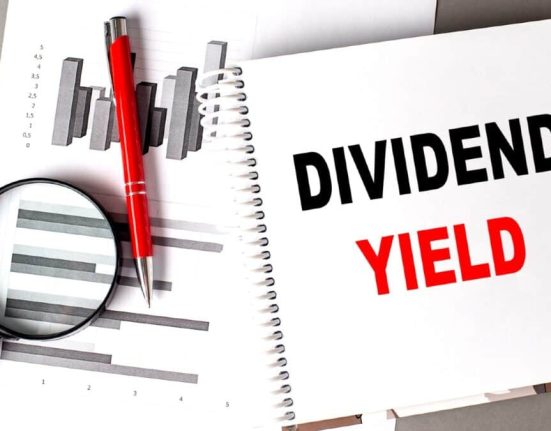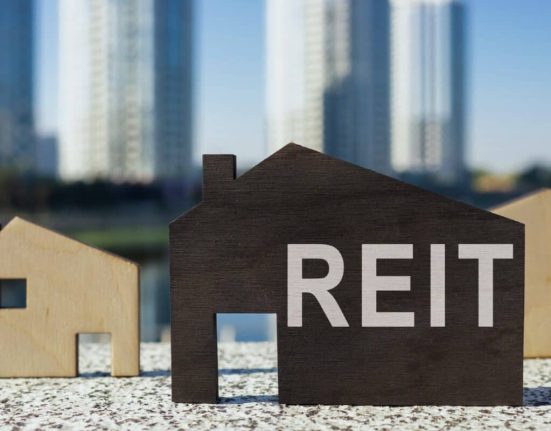
Image source: Getty Images
When we compare the capital growth of ASX 200 shares vs. property in FY25, stocks delivered a superior performance by far.
According to S&P Global data, S&P/ASX 200 Index (ASX: XJO) shares lifted by 9.97% in FY25 versus a 7.83% gain in FY24.
The total return, including dividends, was 13.81% in FY25 versus 12.1% in FY24.
The ASX 200 closed at 8,542.3 points last Friday after a volatile year in which the benchmark hit a record high of 8,639.1 points in June.
Meantime, the national median home value, which reflects all types of property in a single data point, rose by 3.4% (7.1% if we include rental returns) over the 12 months, according to data from Cotality (formerly CoreLogic).
The national median house price rose by 3.7%, and the median apartment price lifted by 2.3% over FY25.
So, there you have it. In the age-old competition between shares vs. property, shares win in FY25.
What happened with investment property in FY25?
The property market experienced a significant weak spot between November 2024 and January 2025.
But the first interest rate cut in February arrested the decline.
Cotality’s research director, Tim Lawless, said:
The first rate cut in February was a clear turning point for housing value trends.
An additional cut in May, and growing certainty of more cuts later in the year have further fuelled positive housing sentiment, pushing values higher.
Lawless said the market has experienced broad-based rises in home values, but at nowhere near the rate of recent years.
… the pace of growth remains mild compared to mid-2023 when the quarterly rate of growth in national home values peaked at 3.3%, and for that matter, positively tepid relative to the extreme 8.1% quarterly peak growth recorded through the height of the pandemic.
Supply and demand slackened a bit throughout FY25.
Today, Lawless said demand is tracking slightly below average, but listings are scarce.
This has created a balanced market, with auction clearance rates holding around the normal mid-60% range and slow price growth.
Different market speeds across the nation
If we look back at FY24, there was a glaring difference between the price performance of Perth, Brisbane, and Adelaide, and the regional markets of WA, QLD, and SA, which recorded 10% to more than 20% price growth; and Melbourne, Hobart, and their regional counterparts, which recorded minor gains or falls.
This disparity narrowed in FY25 as the strongest markets remained in the lead, but with a slower growth rate amid high interest rates and rising affordability challenges.
Meanwhile, the weakest markets bottomed and are now showing green shoots of recovery.
Let’s take a look at the numbers for FY25.
Shares vs. property in FY25: Houses
Here is the capital growth rate for houses in each city and regional property market in FY25.
| Property market | Capital growth of houses in FY25 |
| Regional Western Australia | 12% |
| Regional South Australia | 11.8% |
| Regional Queensland | 8.1% |
| Adelaide | 7.7% |
| Perth | 6.5% |
| Darwin | 6.4% |
| Brisbane | 6.3% |
| National | 3.7% |
| Regional New South Wales | 3.6% |
| Regional Tasmania | 2.7% |
| Hobart | 2.3% |
| Sydney | 1.7% |
| Regional Victoria | 1.1% |
| Canberra | 0.5% |
| Melbourne | 0% |
| Regional Northern Territory | (4%) |
Shares vs. property in FY25: Apartments
Here is the capital growth rate for apartments (and other strata properties) in each city and regional property market in FY25.
| Property market | Capital growth of apartments in FY25 |
| Perth | 11.3% |
| Brisbane | 10.9% |
| Adelaide | 10.1% |
| Regional Western Australia | 9.9% |
| Regional South Australia | 7.8% |
| Regional Queensland | 7.4% |
| Regional Tasmania | 5.1% |
| Darwin | 5% |
| Regional New South Wales | 2.9% |
| National | 2.3% |
| Sydney | 0.2% |
| Regional Victoria | 0% |
| Canberra | (0.5%) |
| Hobart | (0.7%) |
| Melbourne | (1.3%) |
5 best performing ASX 200 shares of FY25
Let’s compare shares vs. property in further detail by looking at the capital growth rate of the top 5 ASX 200 shares in FY25.





